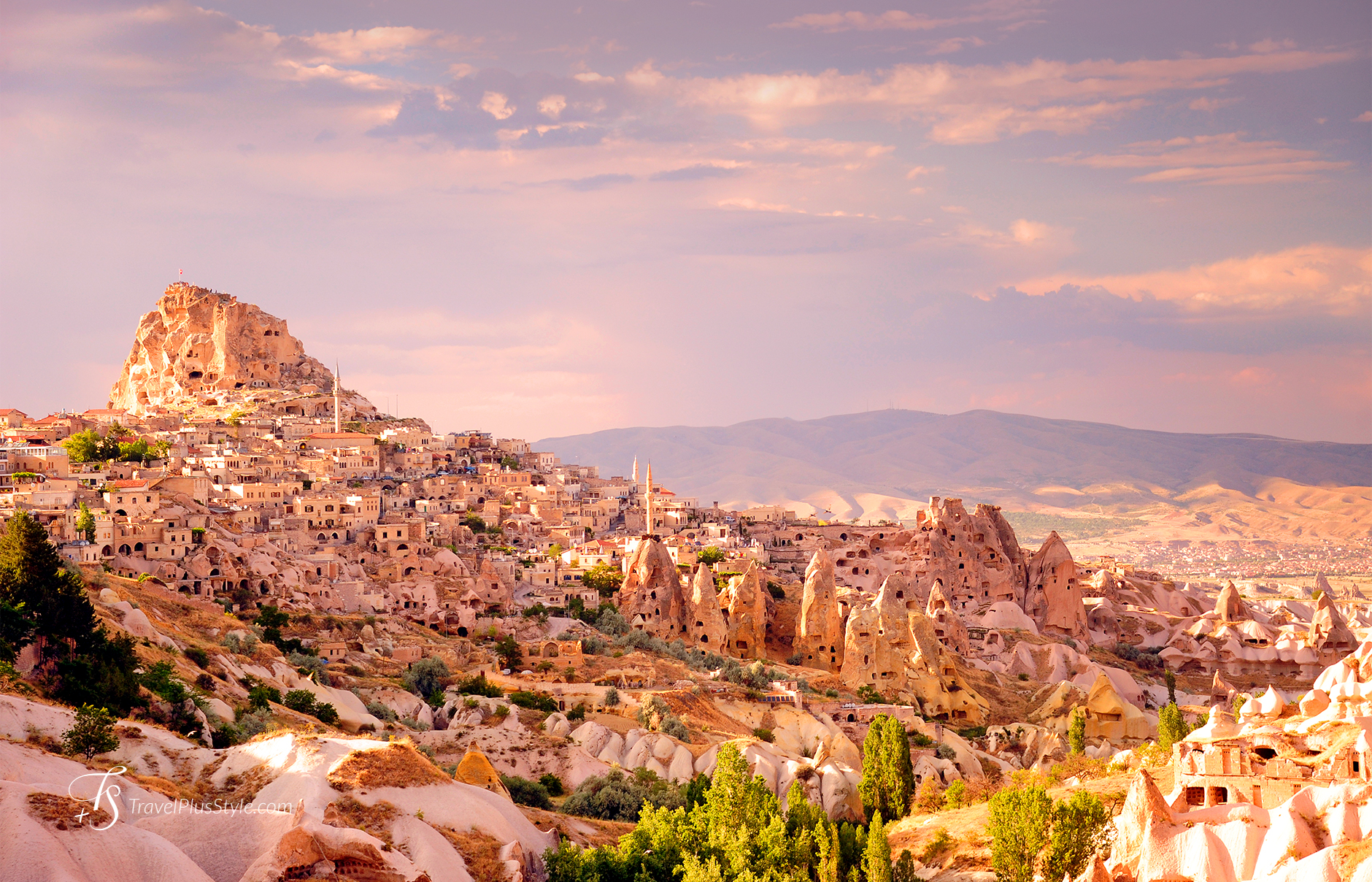

Cappadocia is like from a fairy tale—but the surreal mixture of jagged rocks, curvy hills, and forests of chimney formations, painted yellow, pink, burnt sienna and all other hues in between—is real enough.
No wonder then that this is one of Turkey’s tourism hot spots—a relatively small area located at the heart of Turkey’s Anatolia region, comprising villages and towns of Göreme, Urgüp, Selime and Uçhisar. So what do we love most about Cappadocia? Read on.
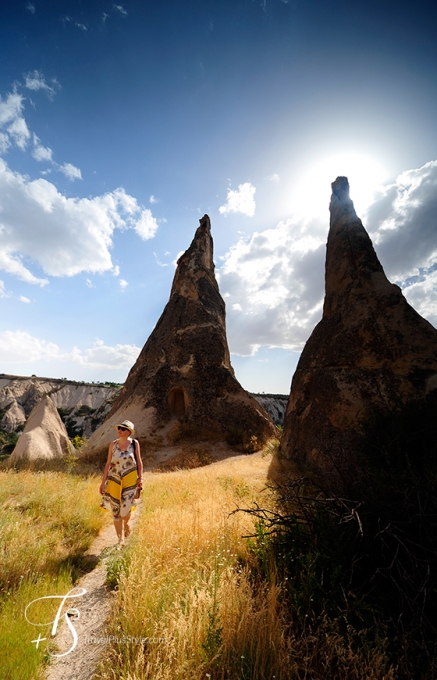
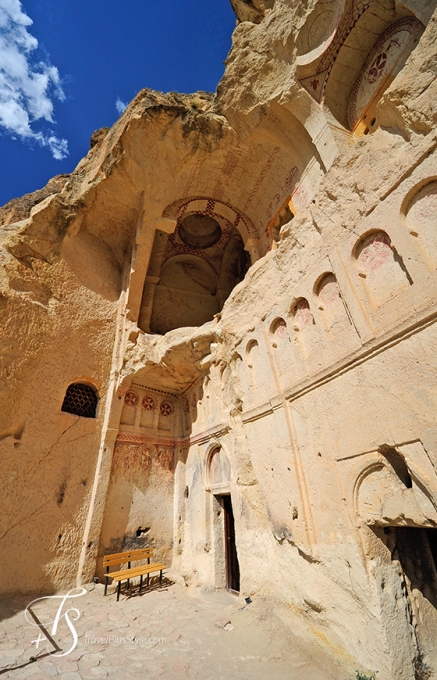
One of the bigger towns in the area is Göreme. Collections of gorges and valleys, rocks and hills surround it and some of the rock chimneys even became part of the town’s itself—which fits the tradition of making homes by carving them out of the tufa rocks.
We checked out many walking trails around the town and one of them led us to a very picturesque area just outside of Göreme, part of which is protected as an open air museum. Its beauty is recognised with the designation by UNESCO as World Heritage site.
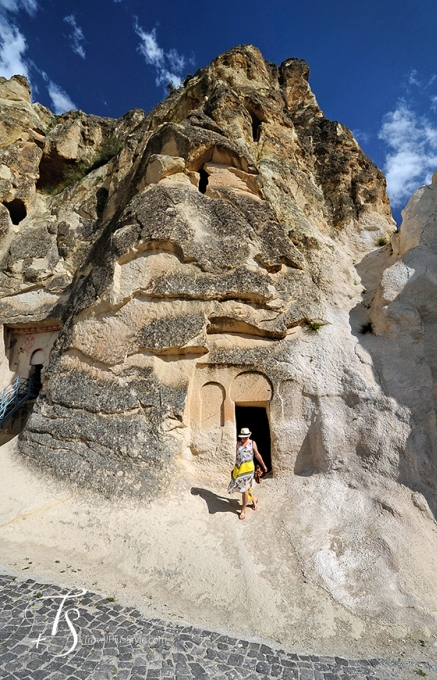
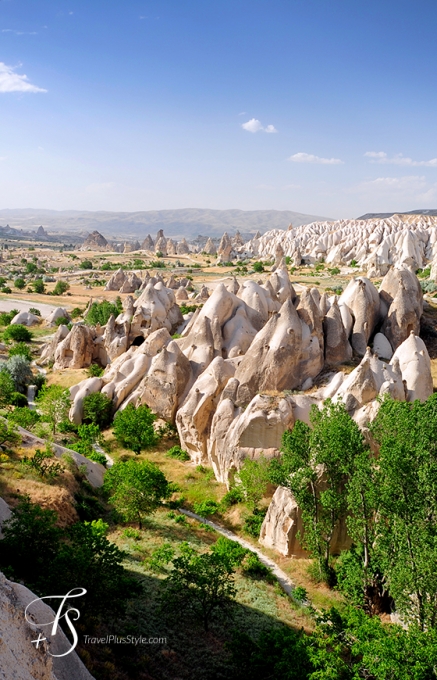
With numerous churches carved into the hills and rocks, it makes for a fascinating exploration. Monks dwelled in the caves adapted to the monastery life; numerous churches, chapels and niches and even refectories, with blackened walls, long benches and tables carved from the stone—all can be explored today. Despite heavy erosion and destruction from earthquakes (and humans), even some frescoes can be seen.
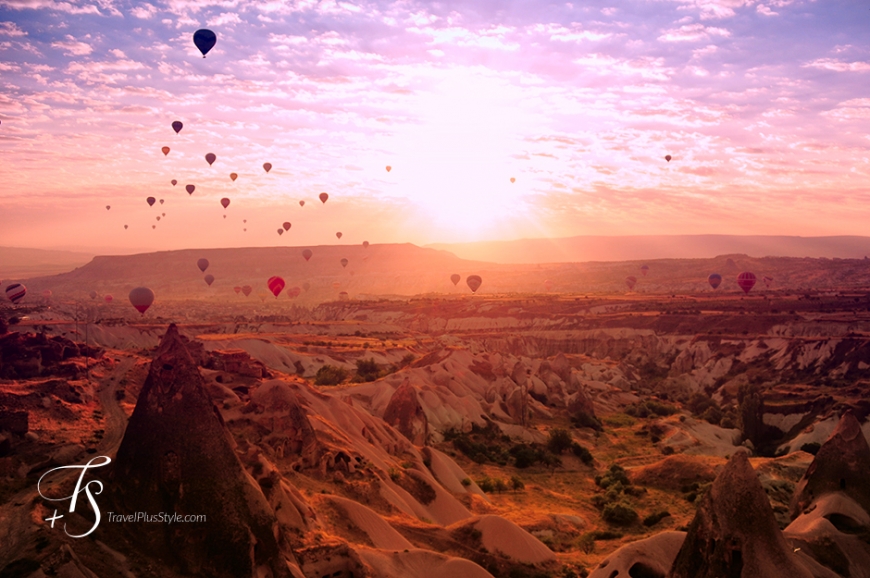
So this is a little touristy. Yet, the aerial sight of the Cappadocia’s surreal landscape emerging in the amber glow of the first sun rays, with hundreds of hot air balloons crowding the skies is one of its kind—and well worth putting up with the somewhat tight conditions in the wicker basket.
For many people, this is the highlight of Cappadocia. Well before sunrise hot air balloons are readied across Cappadocia, each taking off with about a dozen passengers for a flight that soars hundreds of meters up and then skims the top of mountain-high rocks.
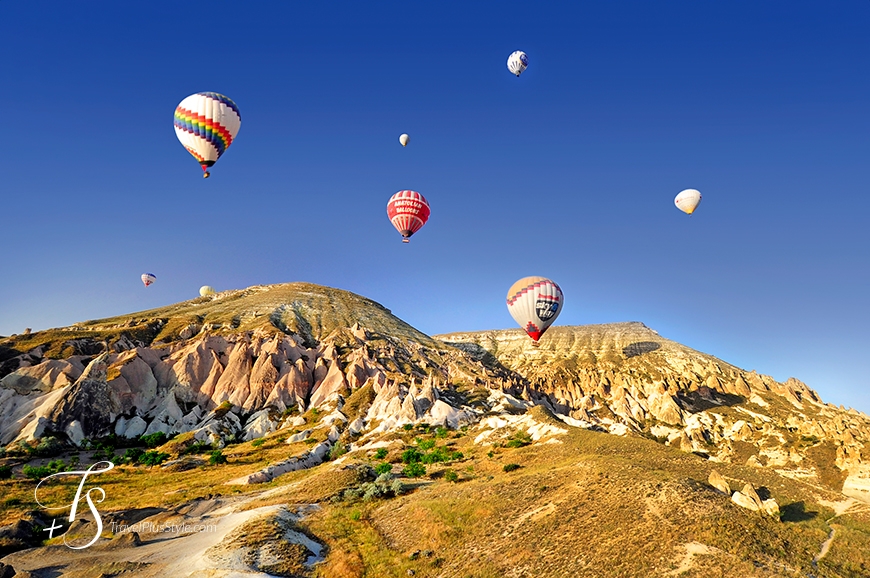
“We operate with minimum [number] of hot air balloons, build by the prestigious Lindstrand in UK. These balloons are the only new generation Hyperlife Silver Coated balloons (assuring highest security due to the material used) which operate in Cappadocia.” — RoyalBalloon.com
Ballooning can be a hazardous activity and we strongly recommend booking only with the most reputable companies. They may charge more, but have better insurance policies, more experienced pilots, better aircraft and allow fewer customers into the gondolas.
We chose the Royal Balloon—they are not a mass tourism company and operate only a few balloons. The ticket includes a pick-up service, a buffet breakfast and champagne, served after landing.
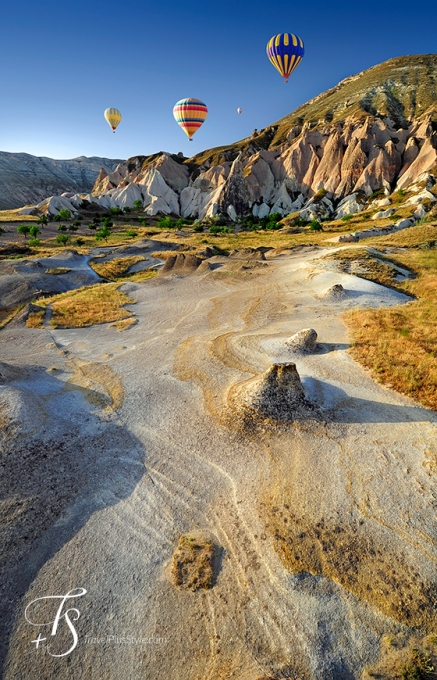
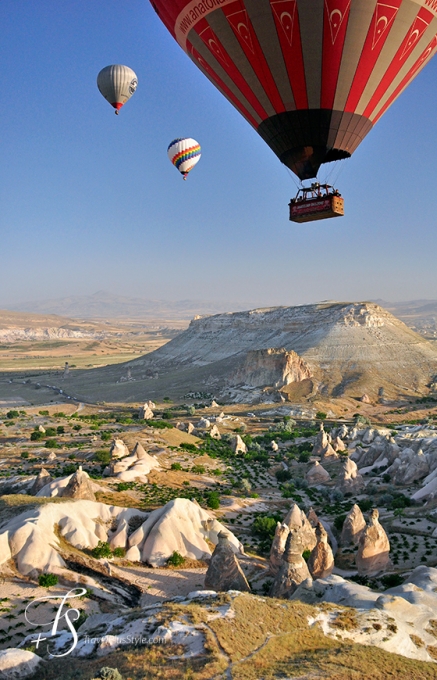
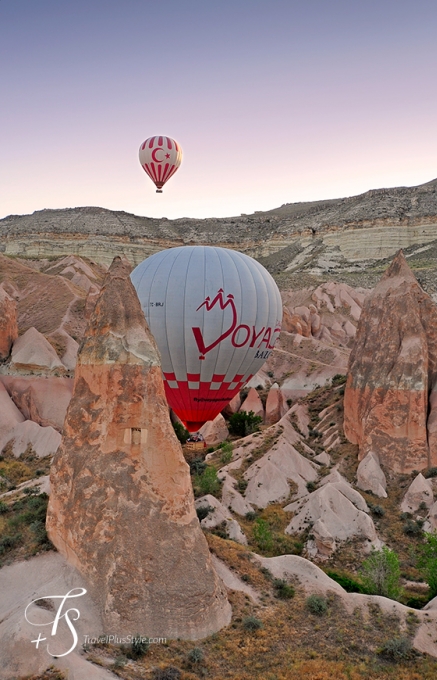
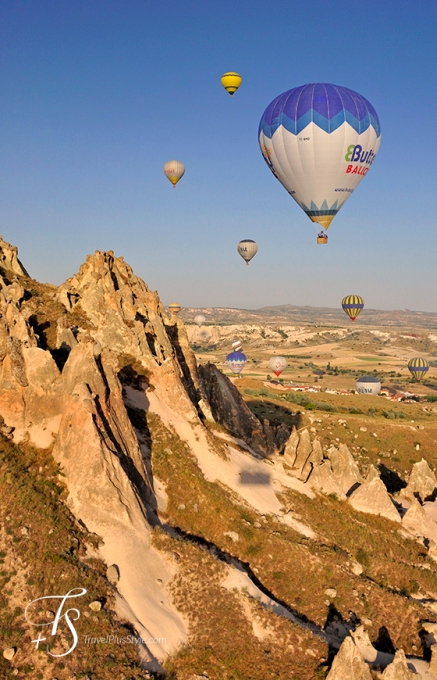
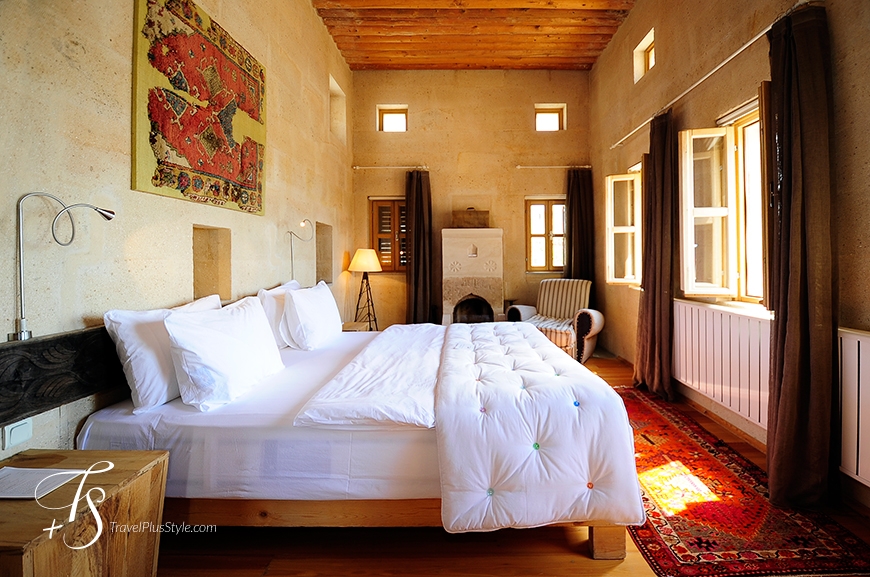
Cappadocia evokes as much a fairy tale setting as a lunar landscape and hoteliers try to use the area’s natural resources and the allure of carved-out caves in the design of the hotels. Few do it well though and it pays to the research before booking.
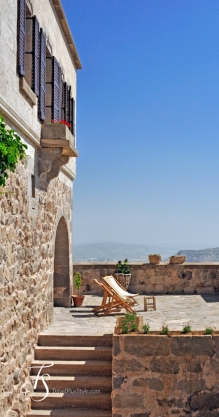
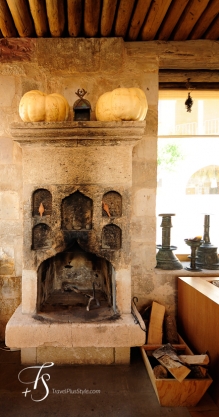
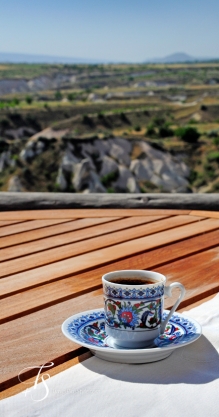
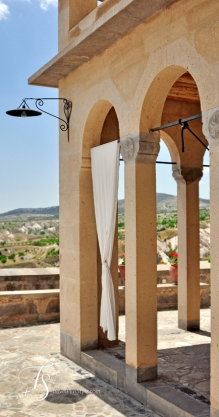
We stayed at Argos in Cappadocia, a serenely beautiful, unique hotel created from caves, underground tunnels and restored medieval ruins. The hotel enchants with fantastic views, atmosphere of a small village and design that preserves the place’s sanctity. You have to check out our review: Argos is like from an Escher drawing!
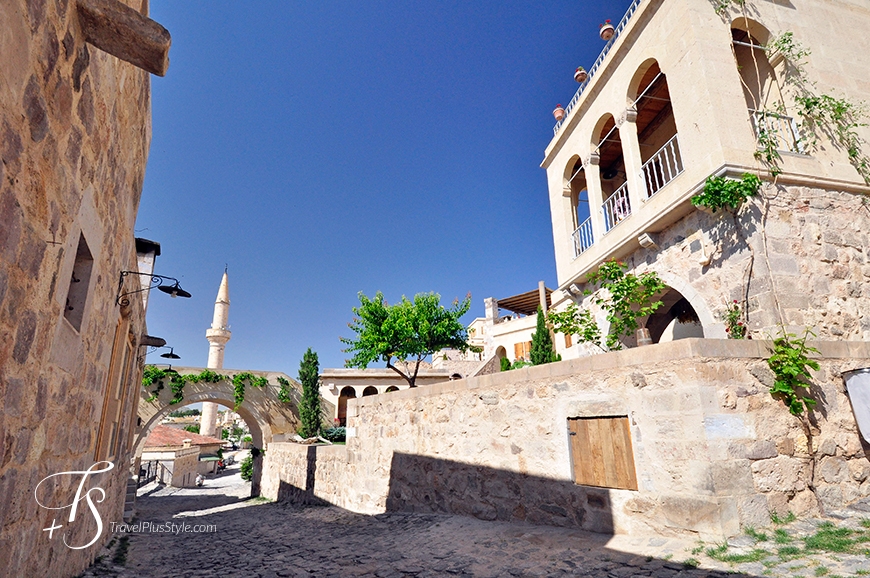
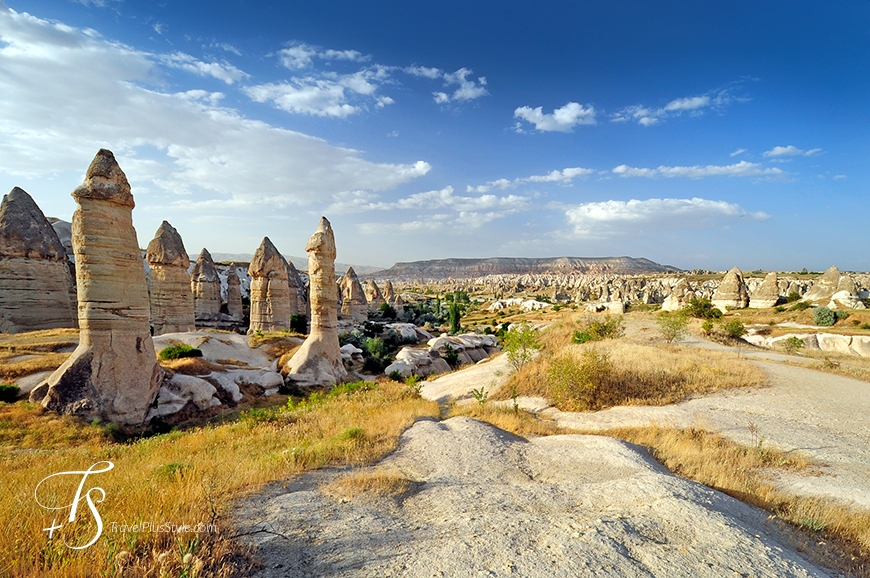
Walking back from the Göreme Open Air Museum to the town, there is an easy-to-miss road leading left. Take it.
Often called the Love Valley, because the rocks resemble phalluses (at least to the dirty-minded)—the Zemi Valley ensures a great hike with amazing views. In fact, it is probably one of our favourite places in Cappadocia.
We found the valley by accident, taking an unmarked road without any expectations. It was late afternoon and we encountered no other tourists apart from a lone traveller of Italian-French nationality (if you are reading this—thank you for finding Daniel’s lost shades!).
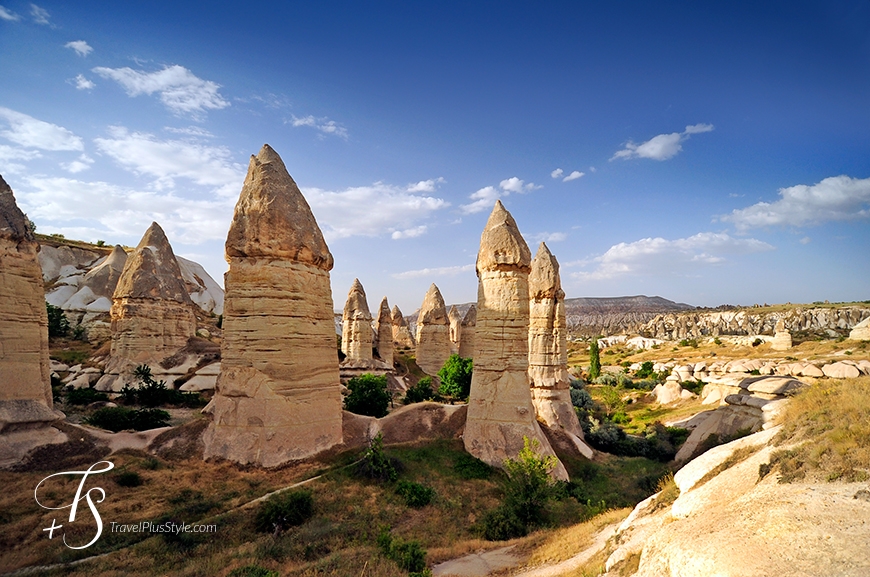
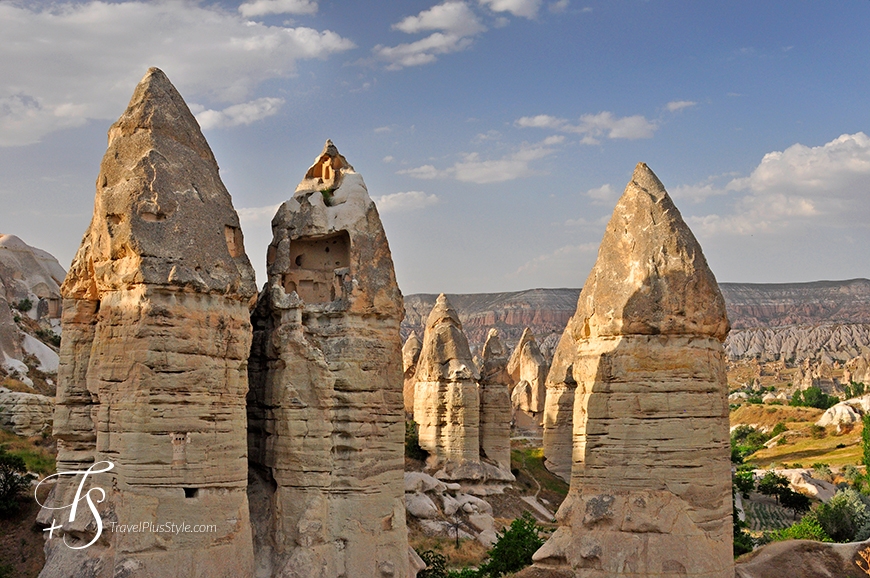
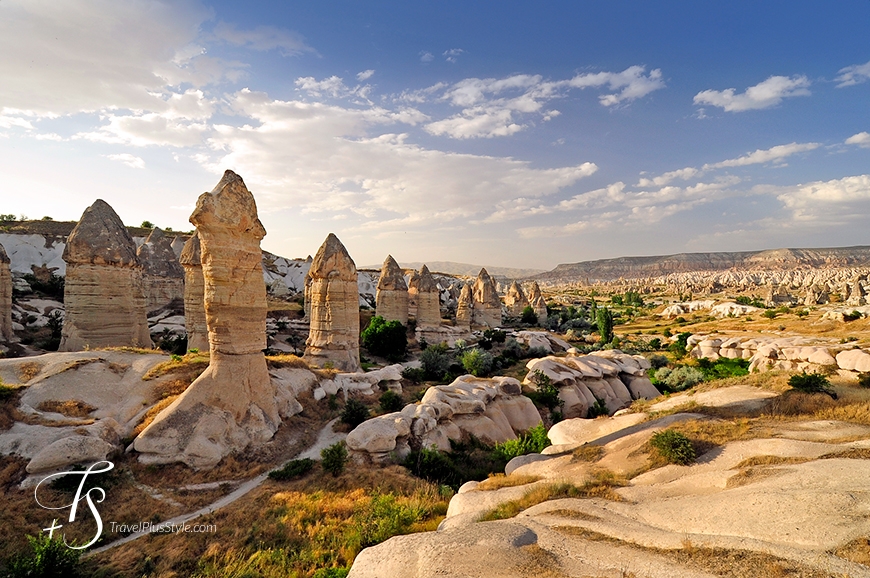
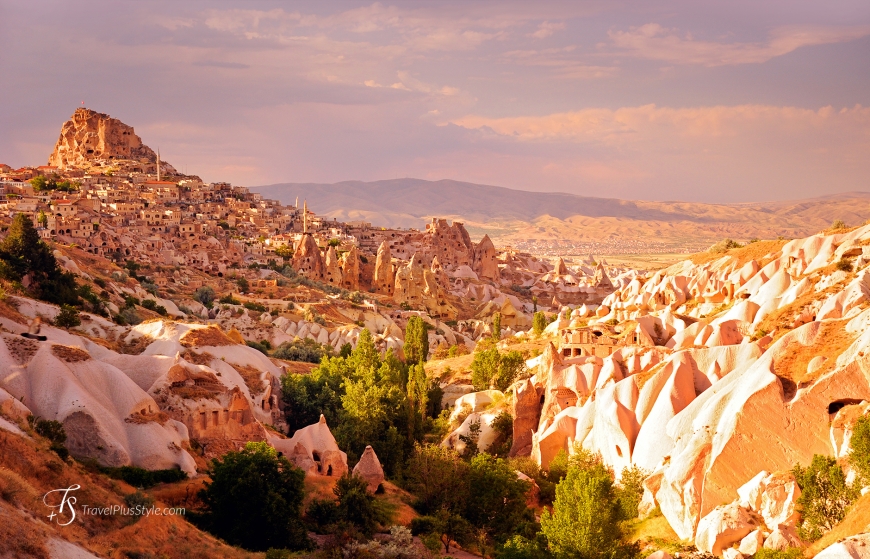
This is the small town where we stayed, at the Argos in Cappadocia hotel. Most of the oldest houses, dwellings and medieval churches in Uçhisar are carved out of the hill, which is topped by a massive rock called “the castle”—one of the highest points in the region.
Walk south from the village on the main road and you will find a famous sunset spot (also frequented by hundreds of pigeons). See also top and bottom photos.
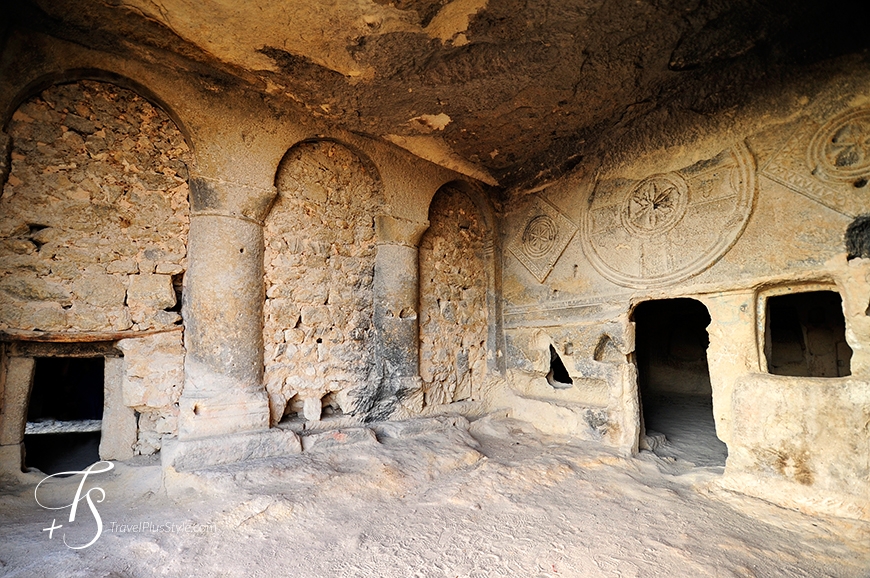
Göreme Open Air Museum may have the biggest concentration of cave chapels and churches, but there are many more in Cappadocia.
For example, towering over the village of Cavusin is a mountain that use to be inhabited until an earthquake in the 1950s. We found it peppered with dozens of caves and passages, including the Vaftizci Yahya Church (pictured). We love discovering things like this at our own pace—and often by accident.
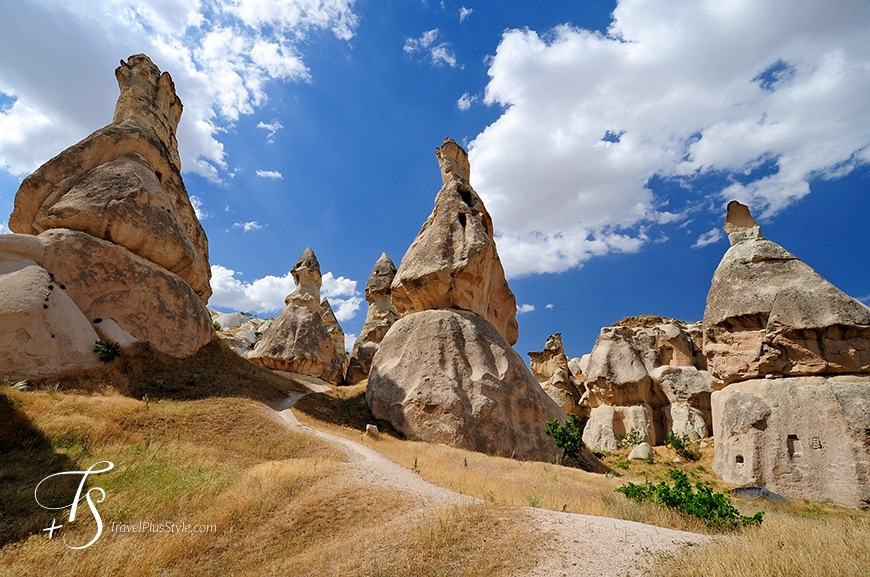
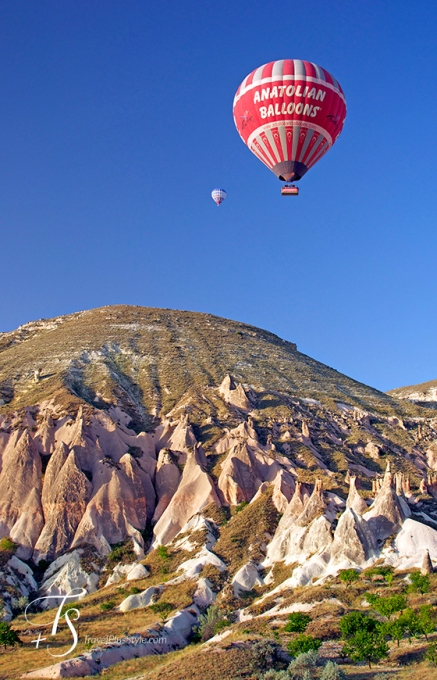
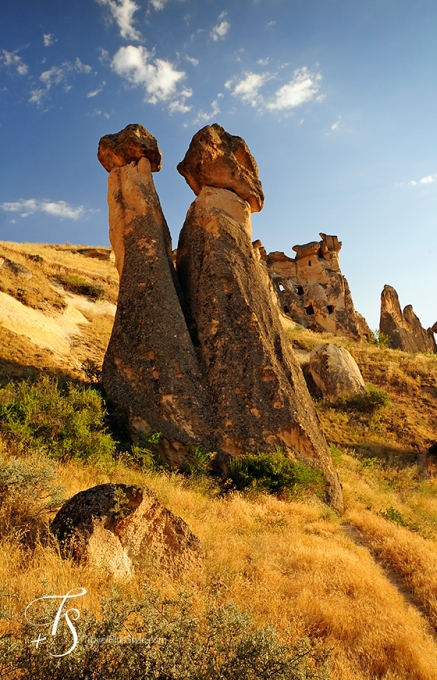
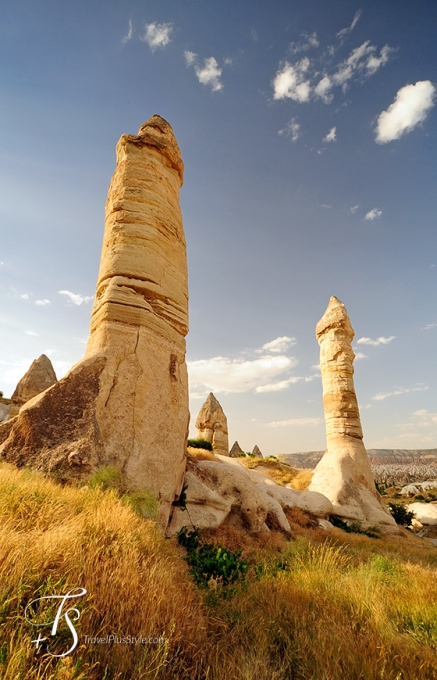
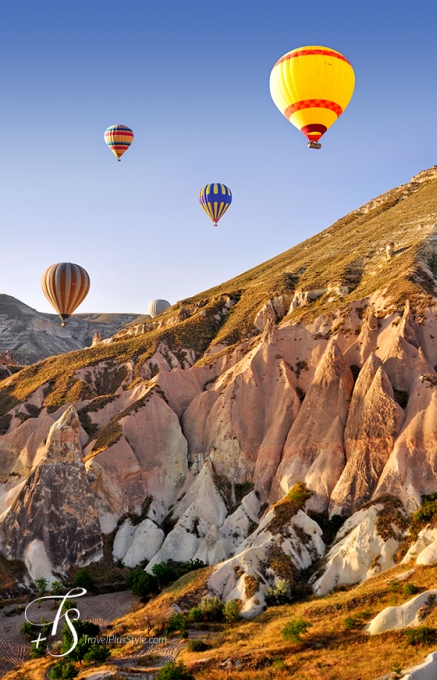
Waymarking on the walking trails is hardly adequate in Cappadocia and while it was possible to sign up for a tour or hire a guide, we never minded getting a little lost.
Exploring the valleys, taking in the magnificent scenery, uniqueness and diversity of the landscape are what we loved most in Cappadocia. Treating the valley walks as an adventure of a chance discovery was fun!
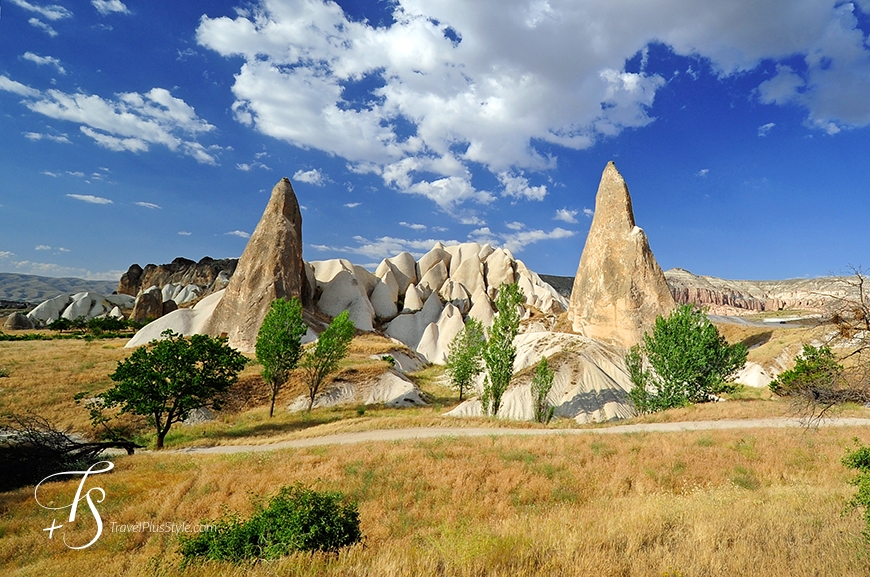
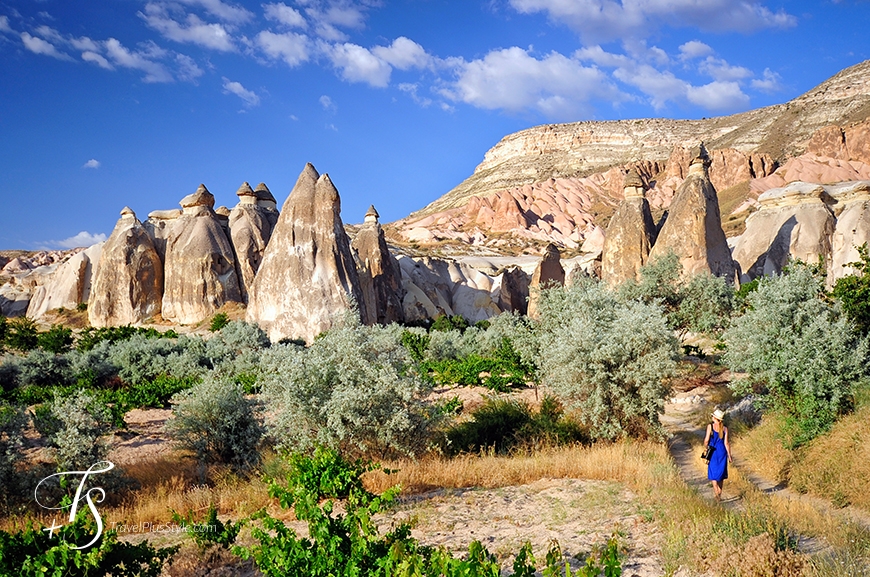
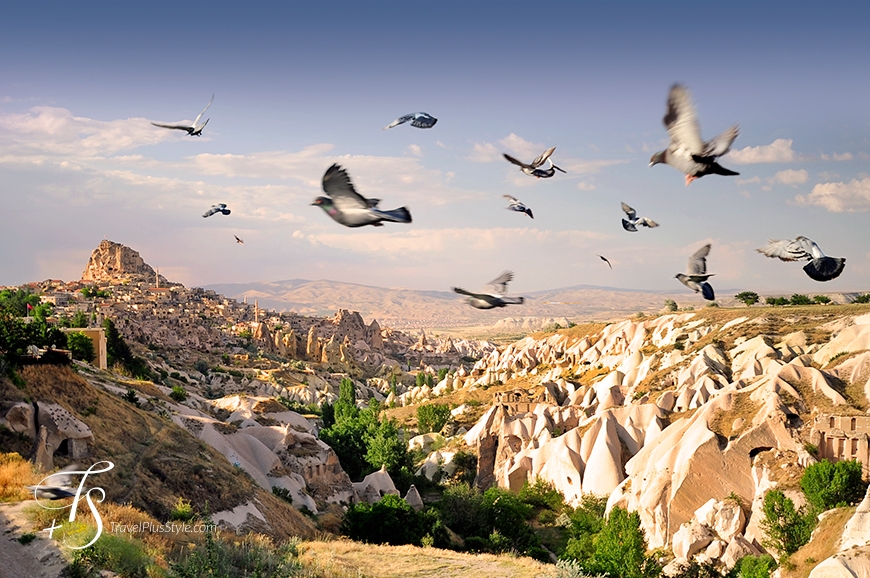
During our scenic walks we would see plenty of magnificent landscapes and find many rock-cut churches—but the abandoned pigeon-houses, carved in the rock are the most abundant feature of the Cappadocia valleys.
They Pigeon Houses are a relic from the time when locals kept pigeons for their fertilising manure. This was abandoned with the introduction of synthetic fertiliser some 30 years ago. It put a stop to a practice dating back to the Bronze age (!).
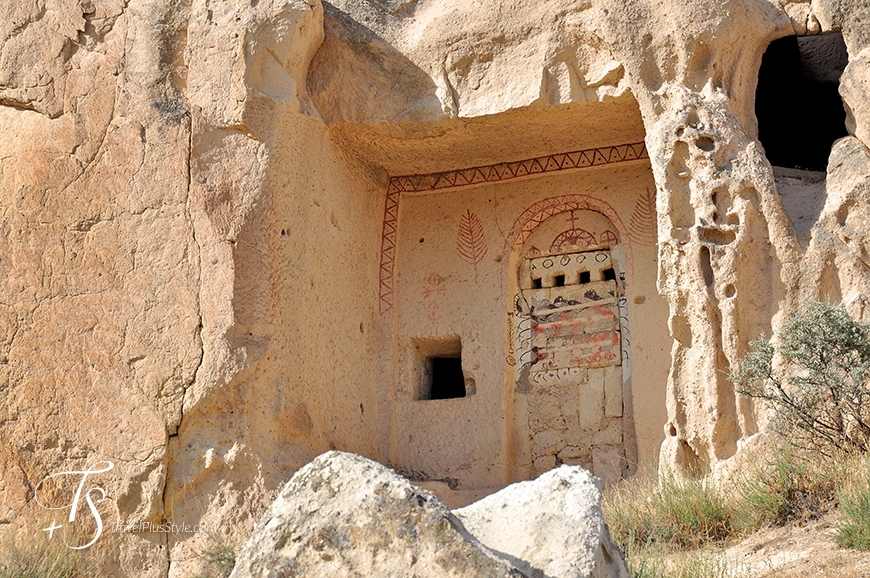
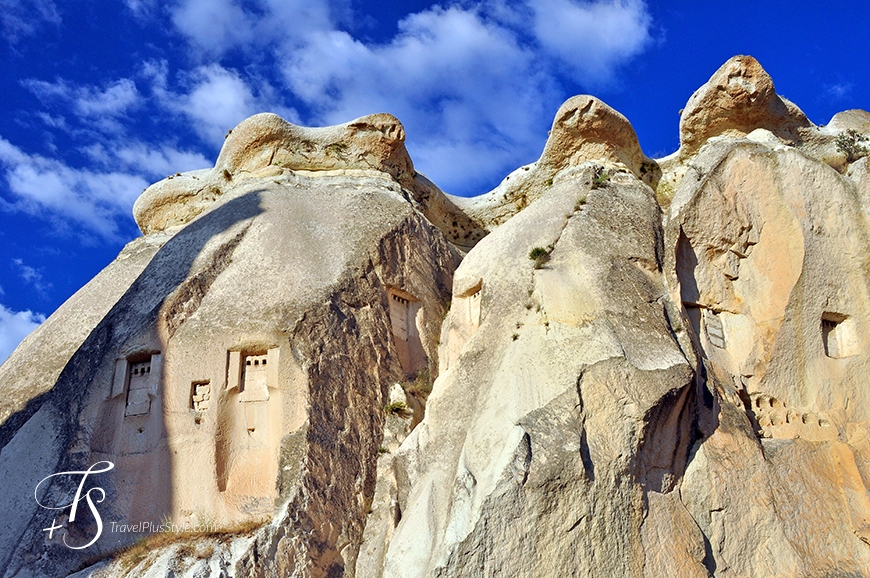
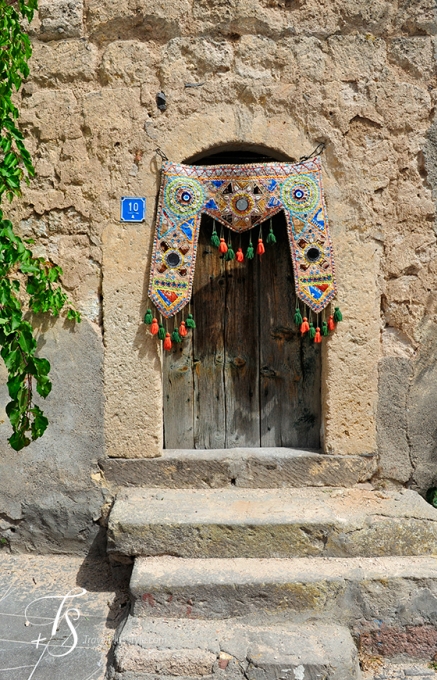
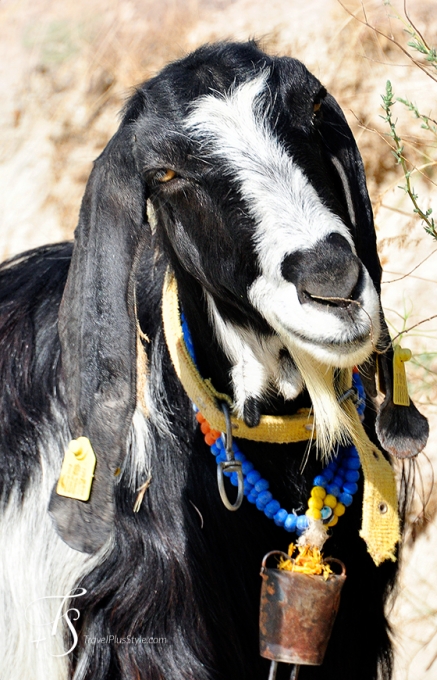
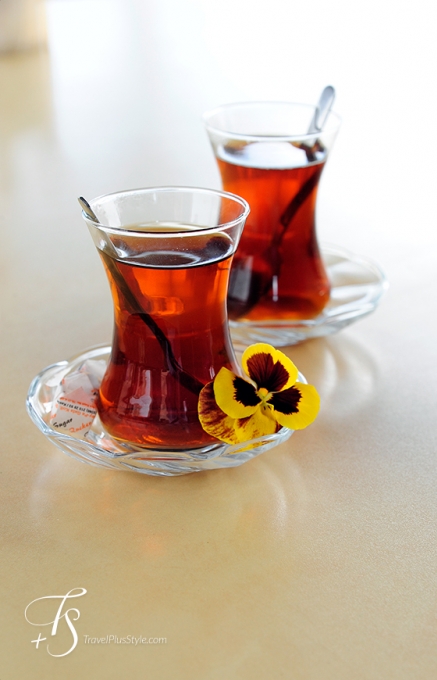
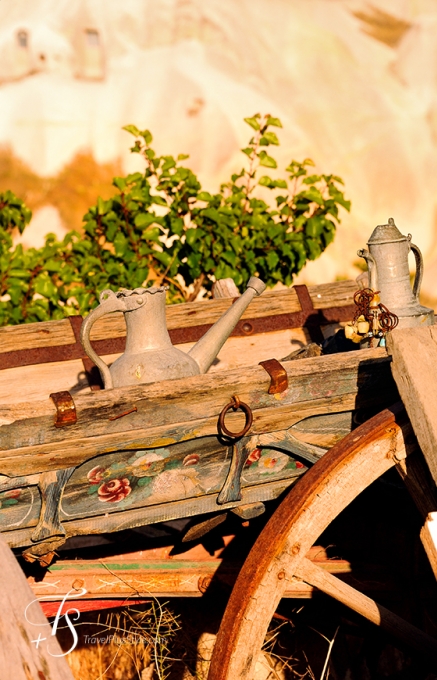
The pace of life in Cappadocia is much slower than in Istanbul and some villages are very quiet. There is often at least one small restaurant for the hiking tourists, and it is always worth to pop in for a tea.
People welcomed us and always tried to strike a converstation—and one time we were presented with fresh oranges. Just like that. We found Turkish people almost unfairly kind and welcoming—and especially so here.
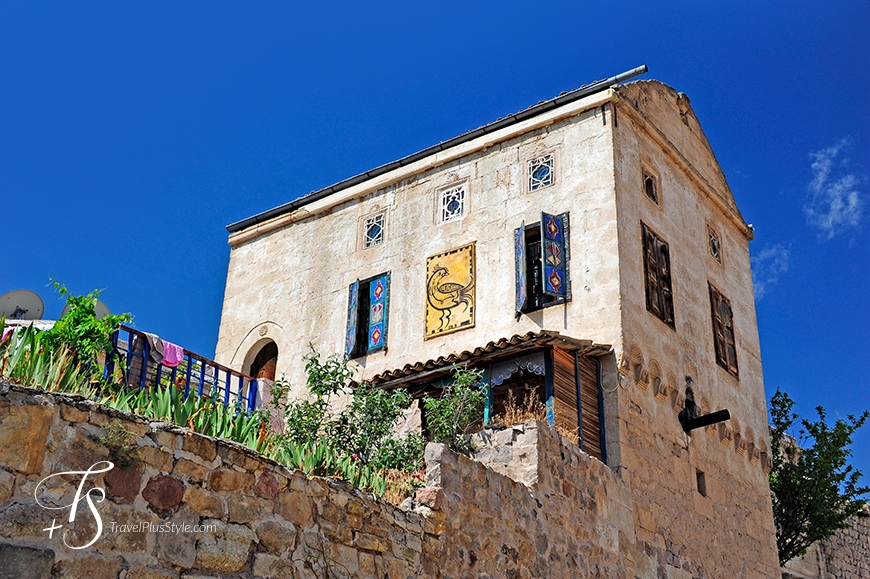
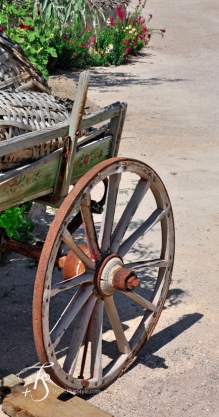
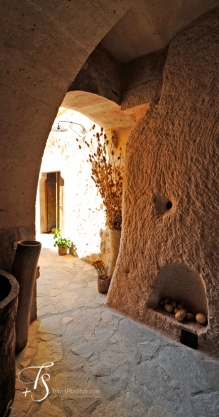
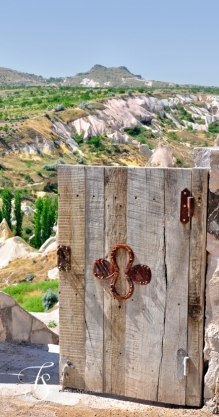
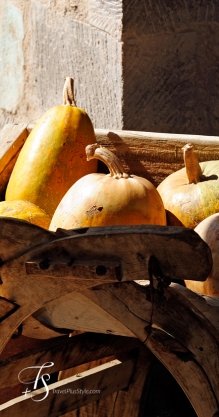
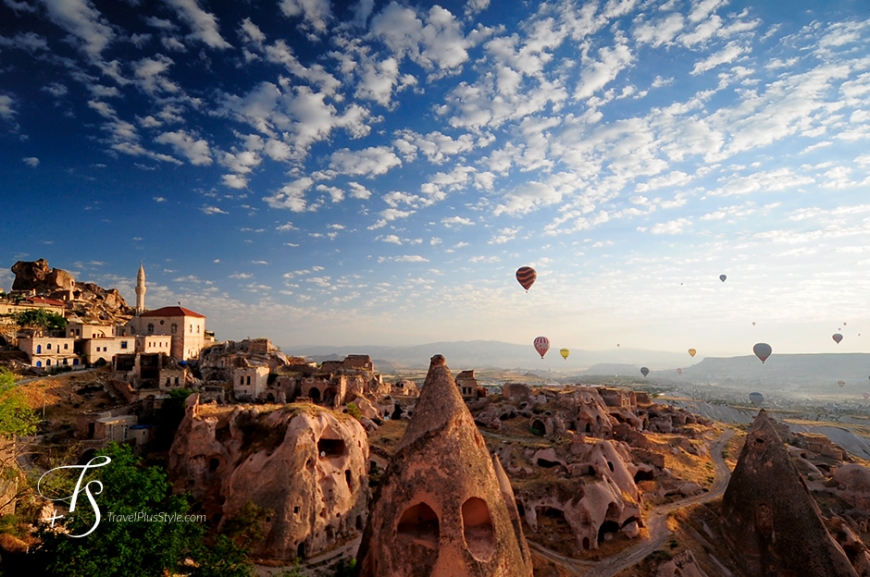
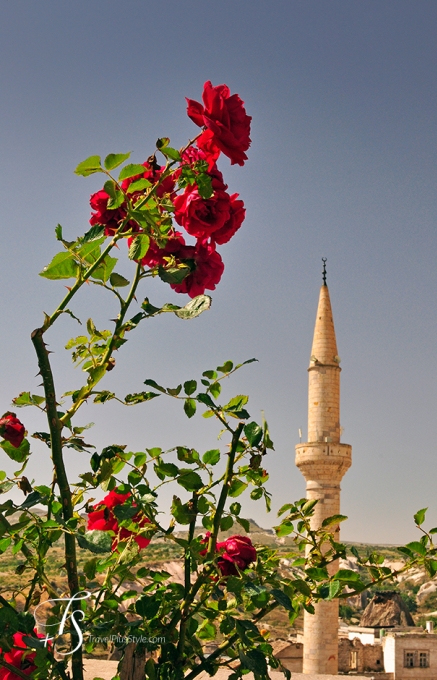
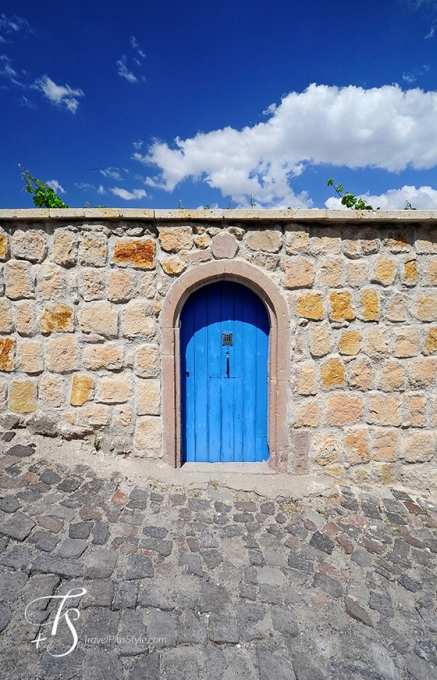
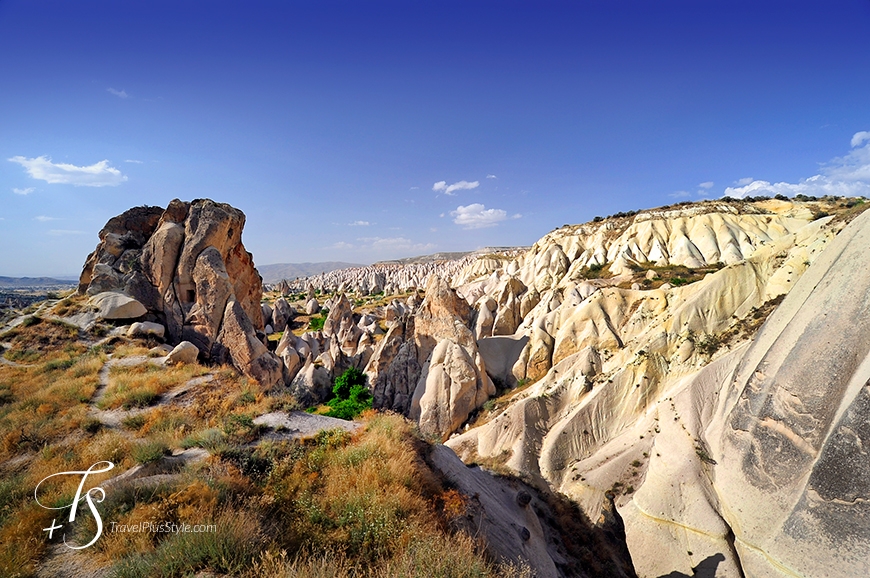
Located deep in the heart of Turkey, Cappadocia spellbinds with ancient history and the slow-paced village life.
But what this region is most famous for are sweeping vistas, landscapes of rose-tinted mountains, fields and wine orchards. Seen from a balloon or whilst climbing a hill and looking up—the valleys of this ethereal world are always magnificent.
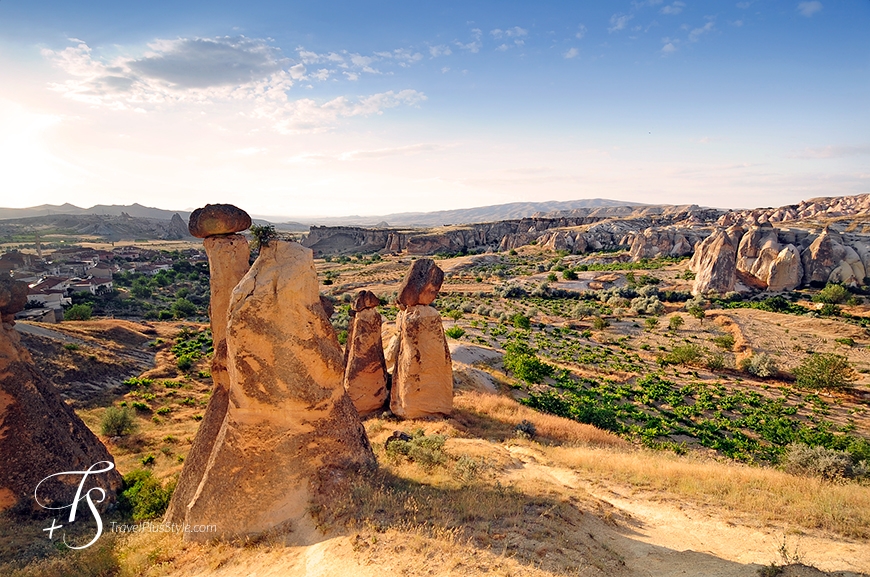
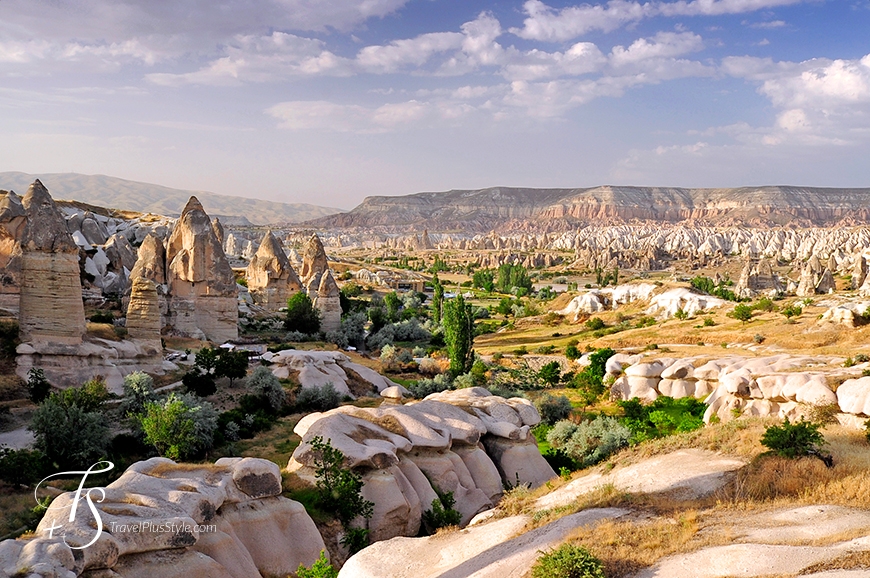
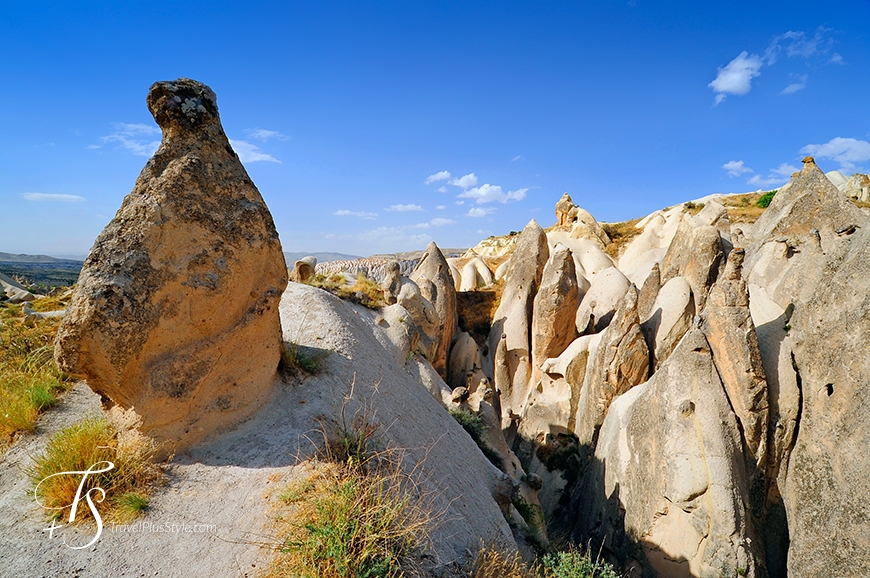
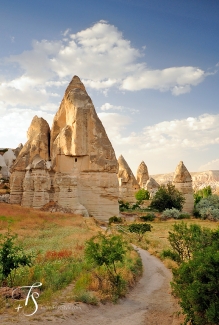
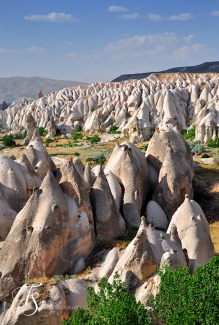
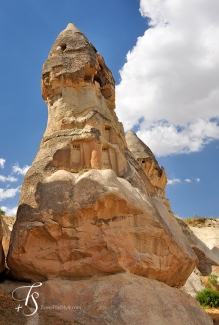
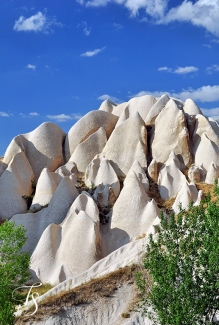
Photos by Laskowski & Zadros, © TravelPlusStyle.com
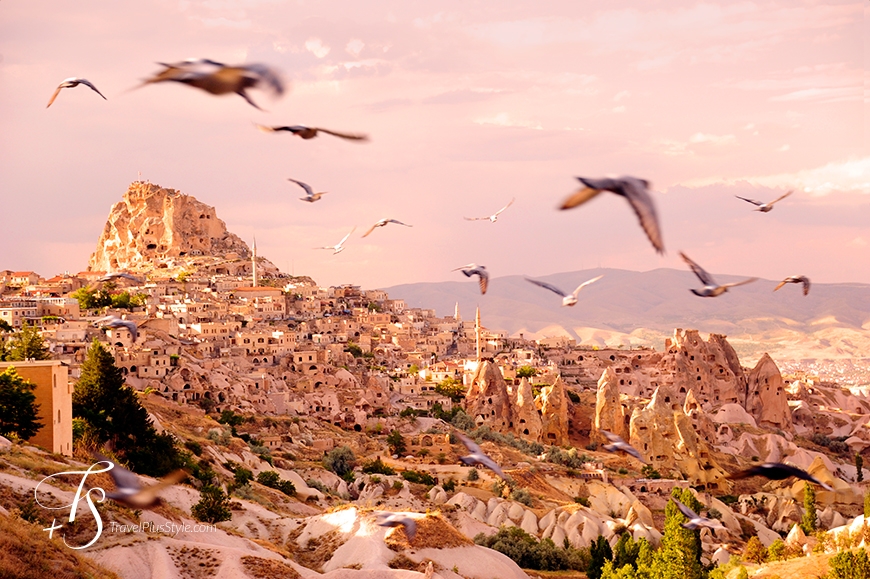
Author: Travel+Style. Last updated: 03/05/2021